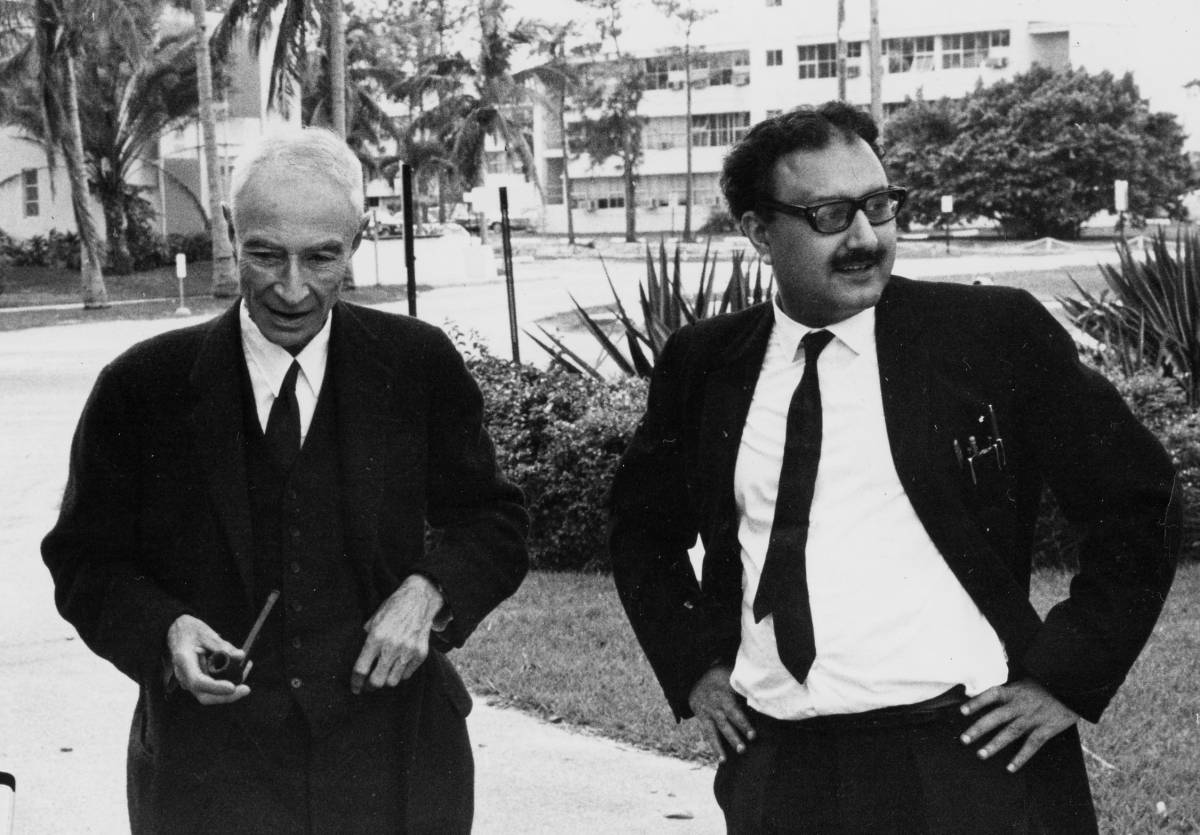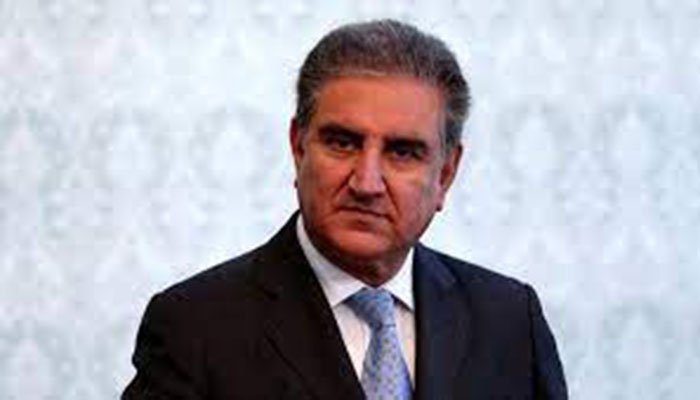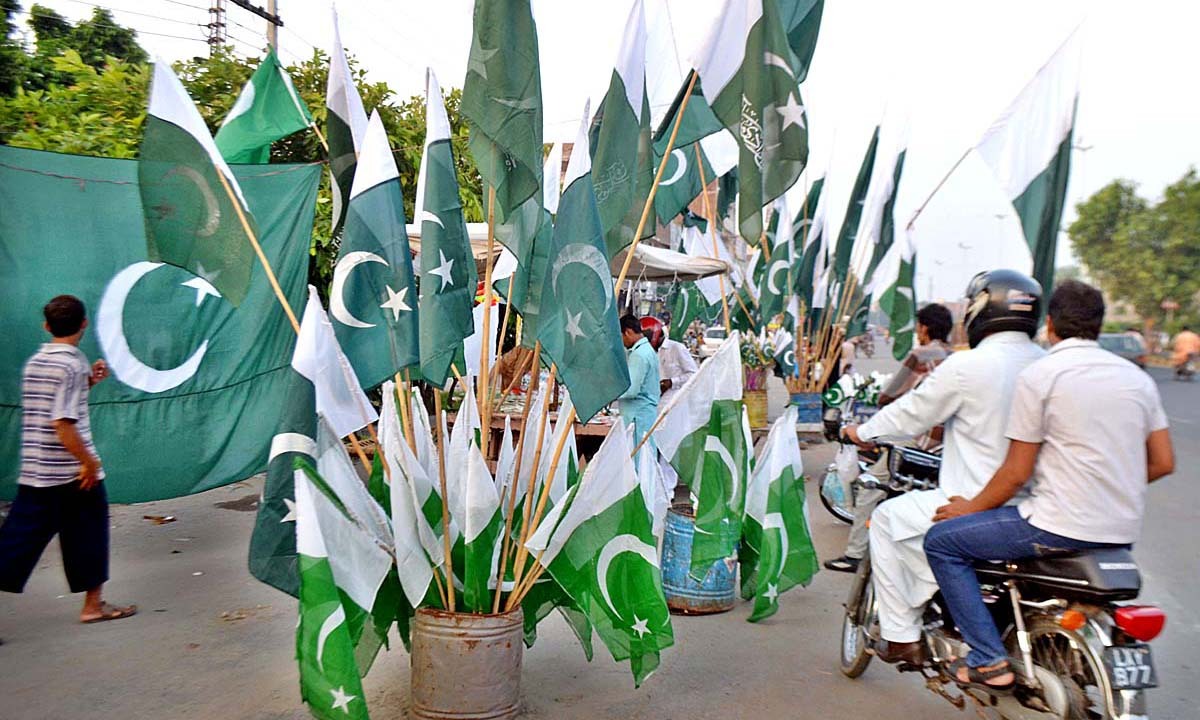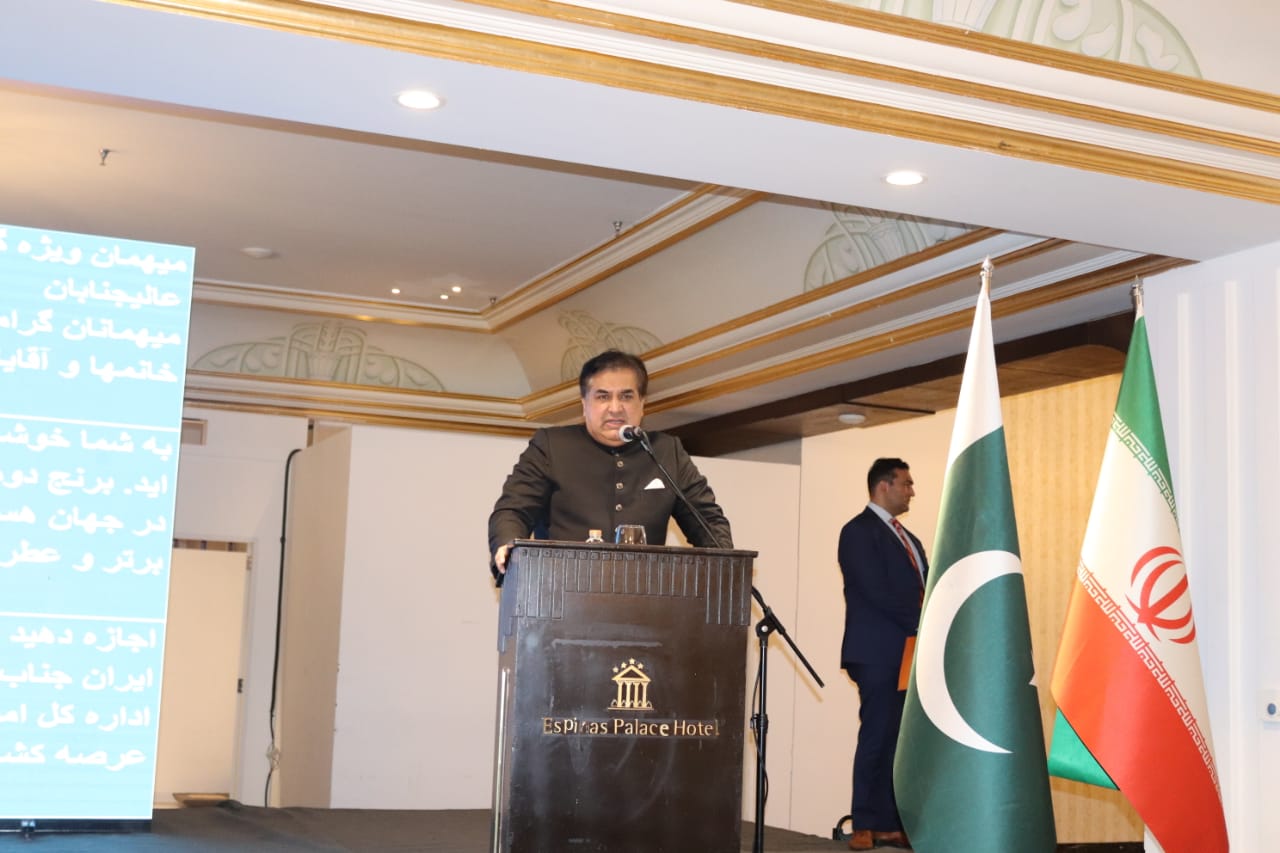On May 21, a senior Pakistani security official confirmed that Pakistan and India have agreed to withdraw the additional troops deployed during their recent military escalation. The pullback is scheduled to be completed by the end of May. This follows a four-day conflict in early May that left over 70 people dead and raised the risk of a broader regional crisis.
Background of the Conflict
The confrontation began on May 7, after gunmen attacked tourists in Indian-administered Kashmir. India blamed Pakistan for supporting the assailants, which Pakistan denied. In response, India conducted airstrikes against what it claimed were “terrorist camps” in Pakistan. Pakistan responded with its own military action.
Both sides engaged in high-intensity operations, including missile strikes, drone attacks, aerial combat, and artillery shelling along the Line of Control (LoC), the de facto border in Kashmir. The situation de-escalated after U.S. President Donald Trump announced a ceasefire. There is no formal diplomatic agreement underpinning the ceasefire, but it has held so far.
Troop Withdrawal Plan
The troop withdrawal involves a phased return of forces to pre-conflict positions. Both countries had deployed additional personnel and heavy weaponry along the LoC. According to the Pakistani official, the process faced minor delays but is on track to conclude by the end of May.
India had also confirmed last week that both sides would take “immediate measures” to reduce troops from the forward areas.
Strategic Assessment
This development reduces immediate military pressure along the LoC but does not resolve the underlying causes of the conflict. The status of Kashmir remains disputed, and the absence of formal dialogue mechanisms means that military confrontations can recur.
The agreement does not indicate a change in the strategic postures of either side. Both continue to treat each other as primary security threats. The risk of escalation remains high, especially in the absence of crisis management frameworks or sustained diplomatic communication.
Role of the United States
The U.S. played a key role in halting the conflict. The announcement of the ceasefire by President Trump suggests that Washington intervened diplomatically, likely to prevent further destabilization in a region that also borders China and Afghanistan.
This indicates that the U.S. continues to exert influence over both countries despite declining regional trust in external mediation. However, the lack of transparency about the ceasefire terms and absence of a formal agreement raises questions about the durability of current de-escalation.
Ongoing Risks
The political environments in both countries remain tense. India’s ruling party maintains a hardline stance on Kashmir, while Pakistan faces internal instability. In such conditions, the risk of future confrontations remains elevated. Without institutional dialogue and communication, both countries remain vulnerable to military incidents, especially those triggered by non-state actors or local developments in Kashmir.
The troop withdrawal agreement is a short-term de-escalation measure. It does not address the structural issues that have led to repeated military crises between Pakistan and India. There is no indication of renewed diplomatic engagement or conflict resolution mechanisms.
Both governments need to prioritize the establishment of military hotlines, intelligence-sharing protocols, and third-party monitoring mechanisms to prevent future escalation. Without such measures, the current calm is unlikely to hold in the long term.
Related stories:
Over 10 Million Indians Search “Ceasefire” Amid Rising India-Pakistan Tensions
How Modi’s 2019 Kashmir Move Laid the Groundwork for Operation Sindoor
Pakistani military says UK engines powered Israeli drones used by India
Pakistan Reports 31 Dead in Indian Missile Strikes
Operation Sindoor: Confirmed Details of India’s Strike on Pakistan
India Orders Pakistani Nationals to Leave Within 48 Hours as Attari-Wagah Border Closes
















